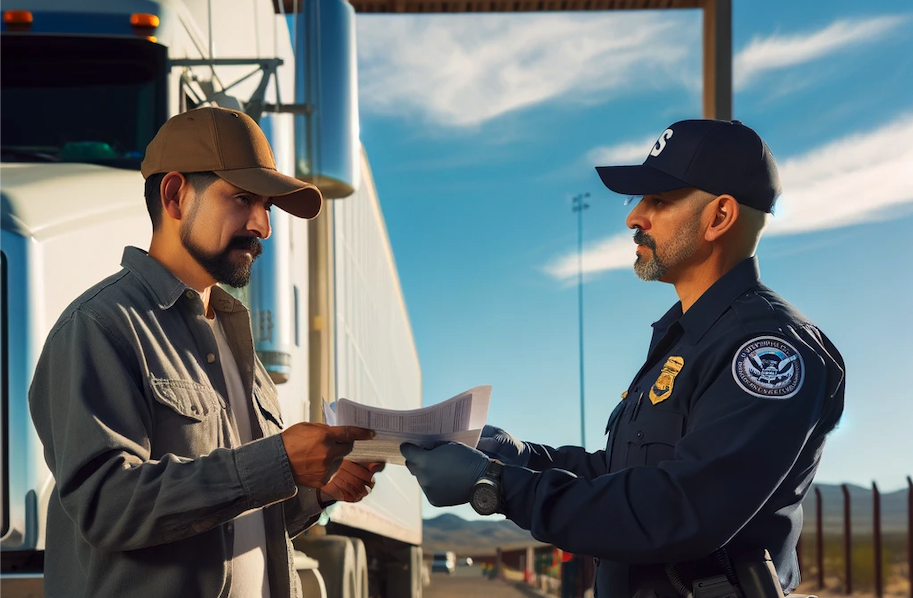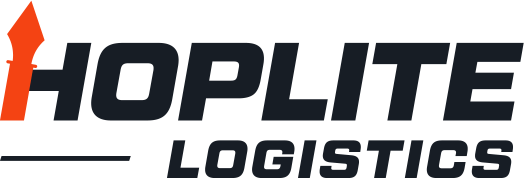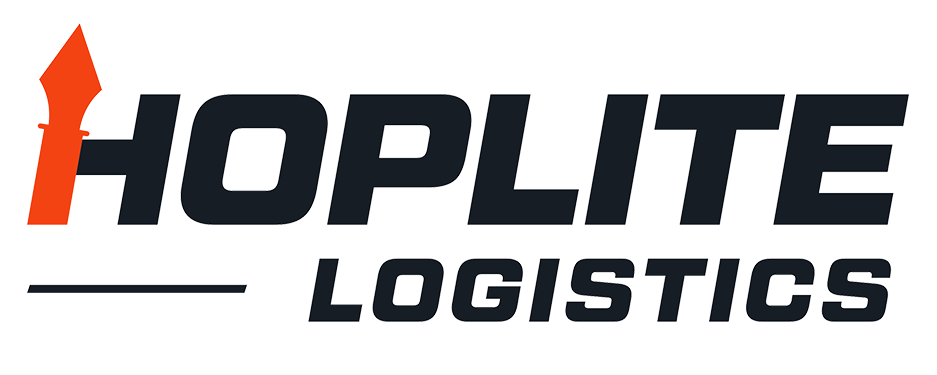
Shipping Cross-Border Mexico: What paperwork is needed to clear the border?
You may have gotten to the point where you have chosen a site to set up your own manufacturing, found a supplier or maquiladora to source from, or are possibly selling your product to a customer base in Mexico. Whichever it is, the next step is thinking about customs and the paperwork or certifications you’ll need to get properly set up to ship. The reality is this process is generally complex and there are seven to eight different documents involved and required that you should be aware of. We are here to make this process a little less complicated.
–
Your Responsibility (as the freight-owning party):
Packing List-
Your packing list is incredibly important, and you will need a very detailed and precise account of the shipment including the nature of the goods, the quantity or piece count, dimensions, and weights. This information must be correctly reflected on the commercial invoice.
Commercial Invoice-
It is imperative that the product has the correct description, piece and pallet count, and value. If anything changes, it is your responsibility to ensure the correct adjustments are made to avoid costly border delays and charges. If these changes are noticed after a shipment is picked up and differs from the BOL, you need to be speedy in adjusting the paperwork and submitting it to the customs broker to ensure the shipment will be cleared without any problems.
–
The Shipper’s Responsibility:
Certificate of Origin-
This is a Free Trade Agreement certificate and under the USMCA Agreement, most goods get to ride tax and duty-free between Mexico, the US, and Canada so you’ll want one to claim that exemption. The producer of the product is generally responsible for this certificate, and it will contain information on the origin of the goods and tariff classification codes. While the shipper is responsible, it’s important as the freight-controlling party to ensure a copy is received.
Bill of Lading (BOL) –
It’s vital that the rest of your paperwork matches what is loaded on the trailer and is reflected on the BOL. This is used to create additional documentation that is filed by the customs broker with the governments for clearance.
–
The Carrier’s Responsibility:
Carta Porte 3.0-
This is a newer document required by the Mexican government to capture shipment data and appropriately tax product moving in and out of Mexico. The carrier must collect the shipment information from the shipper and fill out a CFDI invoice that is submitted electronically to the Mexican government’s tax authority (SAT). While fines have not yet been implemented, they will be very costly when they go live.
Manifest-
The driver physically crossing the border will either be a B-1 Mexican driver or a border-crossing carrier’s driver. This driver must have a manifest, which is a document that verifies the truck, trailer, and driver information. This is typically submitted 1 hour before arriving to the border.
–
The Customs Broker’s Responsibility:
Documento de Operacion para Despacho Aduanero (DODA) –
This is a document created by the Mexican customs broker that consolidates information like the Pedimento and Avisos to allow for electronic scanning and clearance to reduce the amount of paperwork needed to clear customs. The DODA will have a QR code, electronic signature from a customs agent, and digital stamp from the SAT. The QR code can be scanned via physical paperwork or on any digital device to clear customs. The driver typically has 3 business days to clear the border before this document expires and a new DODA must be issued.
Pedimento-
A customs entry form used to import or export goods that can have either a definite or temporary type depending on the nature of the goods. This document typically includes a description, quantity, classification, origin, value, weight, and size of the commodities but may include additional information. This is filed and paid by the Mexican customs broker electronically and is now rolled into the DODA. In some instances, a stand-alone copy is needed.
–
Additional Details to Know:
You’ll need both a US and MX Customs Broker-
Yes, there are two customs brokers. Think of it like flying to another country, you must clear your own country’s security when leaving and customs when you enter the new country. Since US Customs Brokers cannot hold a Mexican Broker’s license, two brokers will be needed. Luckily, many customs brokers have a sister broker that may have the same email domain, just a different team involved. Keep in mind it may take 1-2 weeks to fully set up and onboard a new customs broker. What you should know is that a responsive and communicative broker is crucial for an efficient and smooth crossing.
Timeliness-
It is important to ensure the shipping party and your customs broker are all on the same page and sharing information in a timely manner. The shipper will need a copy of the commercial invoice and packing list while the customs broker must receive those as well as the BOL once the driver is loaded to begin creating the proper paperwork to ensure there are no delays. A smooth operation has a sense of urgency to get all of this done quickly.
An understanding of the Process-
One of the most frustrating things about this entire process is all of the moving parts and how one small thing can impact the entire process and cause delays. Having a solid understanding of the lifecycle of a cross-border move is important. Not only the paperwork involved, but how the product physically moves from start to finish. These moves differ by service type (transload or through-trailer (also called direct)), trade direction, and the border-crossing location. Don’t worry, we will cover this in the next edition of The Hoplite, releasing early Q2 2024.

